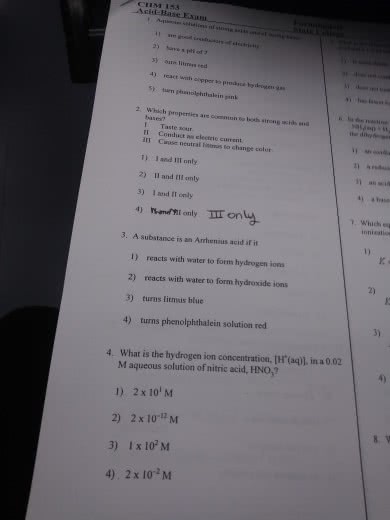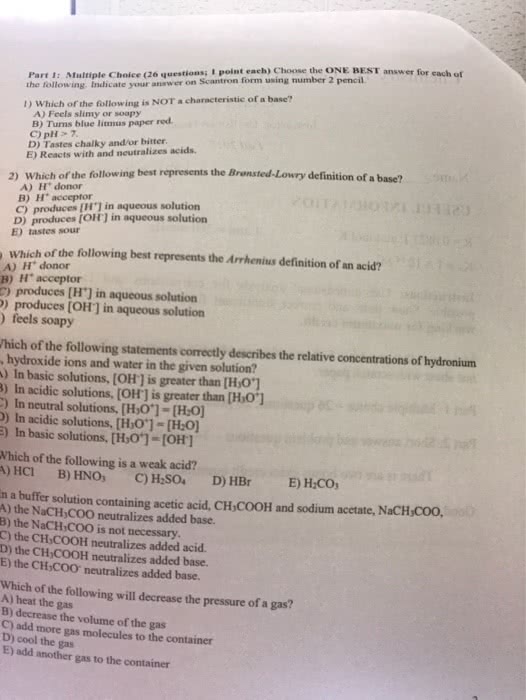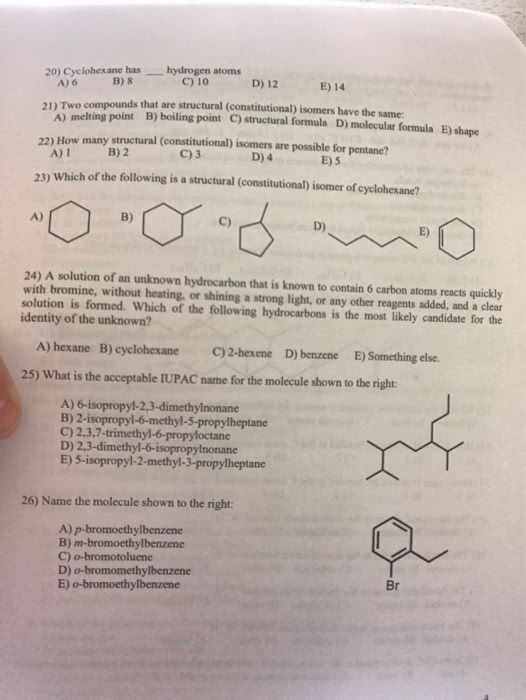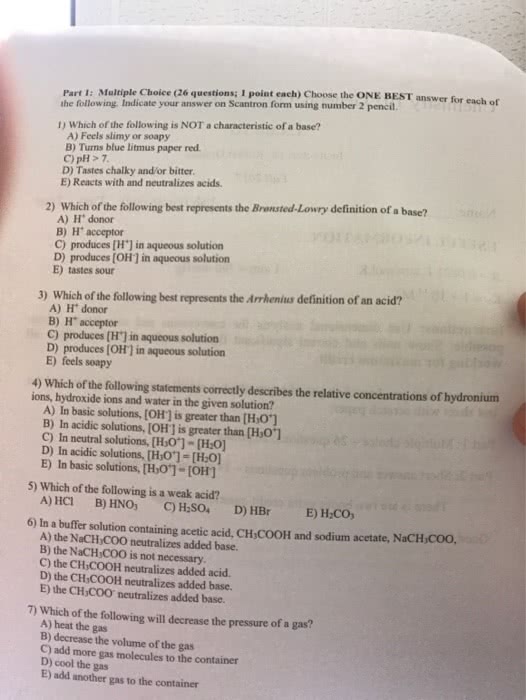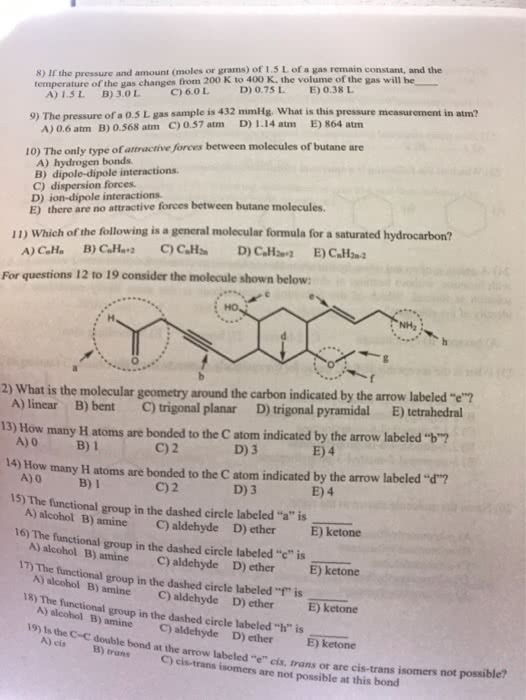CHEM 101 Lecture Notes - Lecture 20: Conjugate Acid, Equilibrium Constant, Acid Strength
Document Summary
Acids and bases: experimental definitions: acids. React with active metals to release hydrogen gas. React with bases to form water and a salt: bases. React with acids to form water and a salt. Acid: a molecular substance that ionizes in aqueous solution to form hydrogen ions (h+) Base: a substance that produces hydroxide ions (oh-) in aqueous solution. The process in which individual positive and negative ions are produced from a molecular compound that is dissolved in solution (acids) The process in which individual positive and negative ions are released from an ionic compound that is dissolved in solution (bases) H+ ions do not exist in water solution. Protons react with water to form hydronium ions (h3o+) Does not explain the basicity of ammonia and similar compounds. It only applies to reactions in aqueous solution: bronsted-lowry. Acid: substance that can donate a proton (h+ ion) to some other substance; proton donor.



